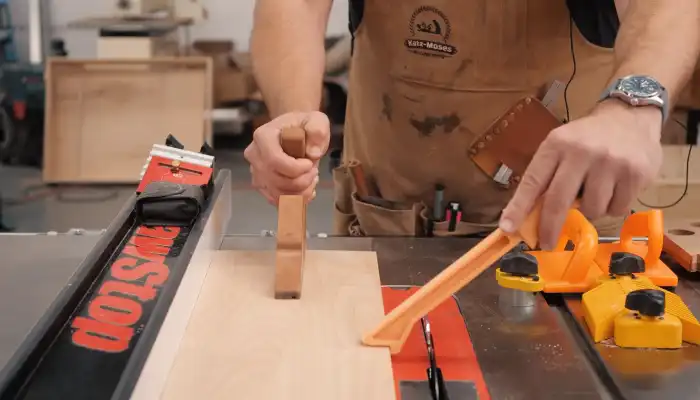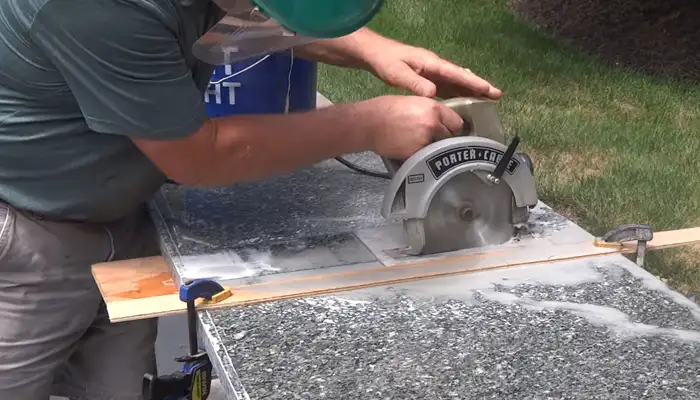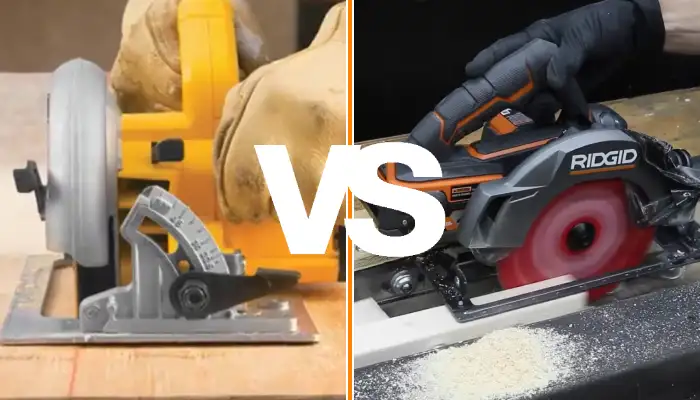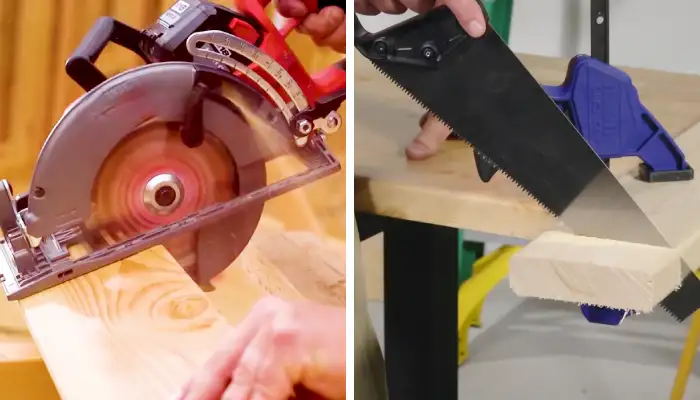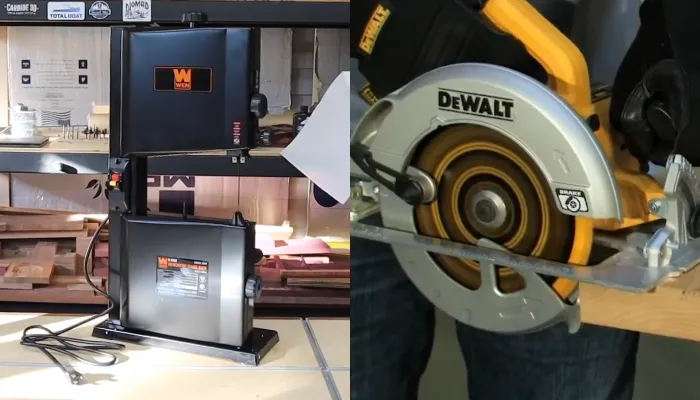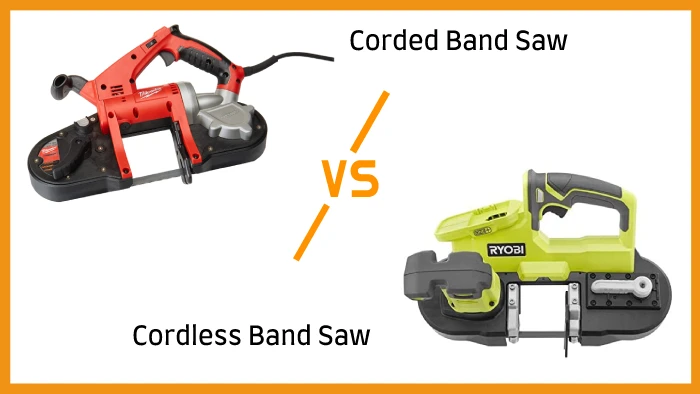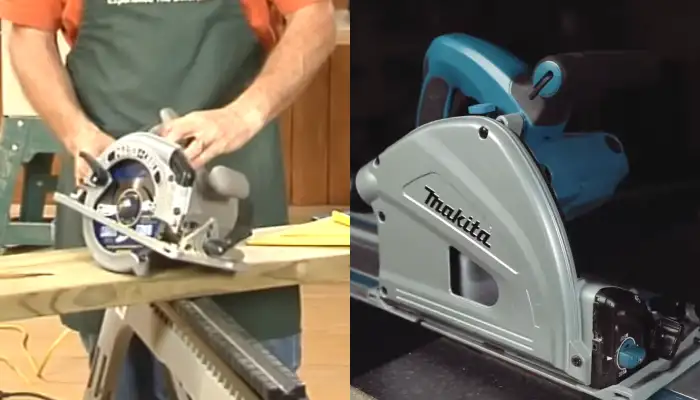When to Use a Push Stick on a Table Saw: 6 Scenarios
As a woodworking enthusiast, I’ve learned the importance of safety when operating a table saw. One essential tool that should never be overlooked is the push stick. This small yet mighty tool is designed to keep your fingers away from the sharp blade, preventing accidents and ensuring a smooth cutting experience.
During rip cuts, you can guide the wood through the blade safely by using a push stick. When dealing with short or narrow pieces, a push stick ensures your hands stay a safe distance from the blade.
Also, when working with thin materials, a push stick helps prevent them from getting caught or slipping under the blade.
In this article, I’ll explain when and how to use a push stick effectively so you can work confidently and with peace of mind.
When to Use a Push Stick on a Table Saw: Woodworking Scenarios
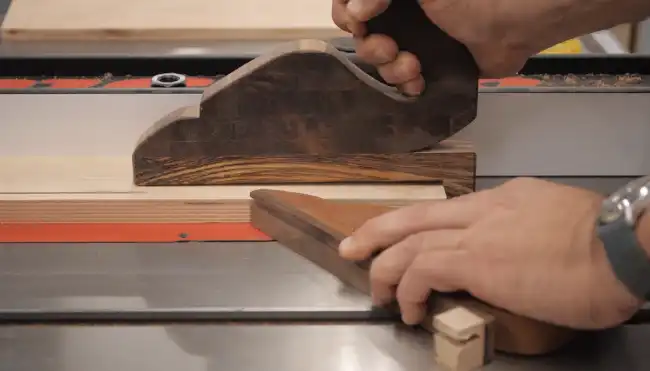
In terms of using a push stick on a table saw, there are several situations where it’s necessary. As per my knowledge, here’s a list of scenarios when you should use a push stick:
- Rip cuts
- Short or narrow pieces
- Thin materials
- Rough, uneven, or irregular wood
- Resawing and more precise cutting
- Curved and irregular shapes
No 01: Rip Cuts
When cutting a board lengthwise along its grain, you should maintain a safe distance from the blade while controlling the workpiece. As I know, a push stick allows you to do just that.
When your fingers are shorter than the distance between the blade and the fence, it becomes particularly crucial. By using a push stick, you can keep proper control over the wood rip cuts and reduce the risk of accidents or injuries.
No 02: Short or Narrow Pieces
When using a table saw, I always recommend relying on a push stick for added safety and control, especially when working with short or narrow pieces of wood.
Short pieces can be tricky to handle, and using a push stick ensures that your hands stay a safe distance away from the blade.
Additionally, narrow pieces can be difficult to control by hand alone. A push stick provides the necessary stability and control to make accurate cuts without compromising safety.
No 03: Thin Materials
You can use a push stick to increase safety and control when working with thin materials such as plywood, veneer, or molding on a table saw.
Thin pieces can easily be pulled into the blade, putting your fingers at risk of injury. I believe you can guide and control the wooden piece with the push stick while remaining safe from the blade.
No 04: Rough, Uneven, or Inconsistent Wood
When working with rough, uneven, or inconsistent wood on a table saw, using a push stick ensures safe and controlled material handling. These types of wood often have unpredictable shapes and sizes, making it difficult to maintain a firm grip while guiding it through the blade.
A push stick provides the necessary leverage and control to keep the wood steady and prevent it from shifting or slipping during the cut. According to my knowledge, this is crucial for avoiding accidents such as kickbacks or the wood binding against the blade.
No 05: Resawing and More Precise Cutting
To ensure safe and precise wood handling, it’s essential to use a push stick when resawing a board or making precise cuts on a table saw. Resawing involves cutting a thicker board into slimmer pieces, and this process can be challenging and potentially dangerous without a push stick.
I feel that a push stick allows you to maintain even pressure on the wood throughout the cut, reducing the risk of binding. This tool allows you to keep your hands safe from the blade while still exerting the necessary control over the wood.
No 06: Curved and Irregular Shapes
When cutting irregular or curved shapes on a table saw, I advise relying on a push stick to maintain control and avoid cutting yourself. These types of cuts can be particularly challenging to handle without a push stick, as the shape and movement of the material make it difficult to maintain a firm grip.
Using a push stick, you can guide the wooden piece through the blade with precision and stability, reducing the risk of accidents and ensuring a clean, accurate cut. It gives you better control over the material, prevents any injury to your hands when your table saw doesn’t cut straight, and keeps both hands safe from the blade.
How to Use a Push Stick on a Table Saw?
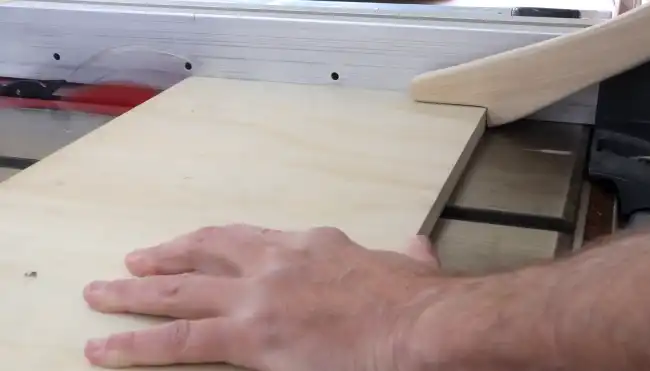
Based on my research, there are several considerations when using a push stick on a table saw.
01: Prevent Lifting and Ensure Proper Alignment
When cutting wood on a table saw, I strongly suggest keeping the lumber flat and against the fence. Without a push stick, there’s a risk of the stock lifting during the cut, leading to inaccurate cuts and potential safety hazards.
02: Push Slightly Sideways
To ensure better control and minimize the risk of binding or kicking back, I prefer to push the stock slightly sideways while using a push stick on a table saw.
Pushing the stock sideways helps maintain proper alignment and prevents the material from getting trapped or thrown back by guiding it against the fence. This technique allows for smoother and safer cuts, reducing the chances of the wood binding against the blade or causing kickback.
03: Consider Stock Width
For narrower stock, using a push stick is recommended as it enhances control and safety.
The push stick allows for a firm grip on the wooden slice, reducing the risk of your hand coming into contact with the blade. It also helps maintain a consistent feed rate, ensuring smooth and accurate cuts.
However, for wider stock, using your hands may offer better control. With wider materials, it can be challenging to maneuver a push stick effectively. In such cases, it’s important to rely on proper hand placement, a steady feed rate, and caution to ensure safe and accurate cutting.
04: Mind the Push Stick Design
The push stick should have a non-slip surface or grip material, such as rubber or silicone, to ensure a firm hold on the stock.
Additionally, I suggest the push stick should have a shape or design that allows for better control and prevents the stock from rotating into the blade during the cut.
One option is to use push sticks with notches on the front, which can help maintain alignment and prevent stock rotation. However, it’s crucial to be cautious when using these push sticks, as they can still cause stock rotation if not used properly.
05: Single Push Stick Method for Continuous Control
I also prefer using a push stick on a table saw to maintain continuous control over the stock throughout the cut. This method ensures you can safely guide the stock through the blade without risking your fingers. A single push stick provides better tactile feedback and makes it easier to detect any issues, such as kickback.
The continuous control provided by the single push stick method gives the operator a better grip on the stock and reduces the chance of accidents.
What is the difference between a push stick and a push block?
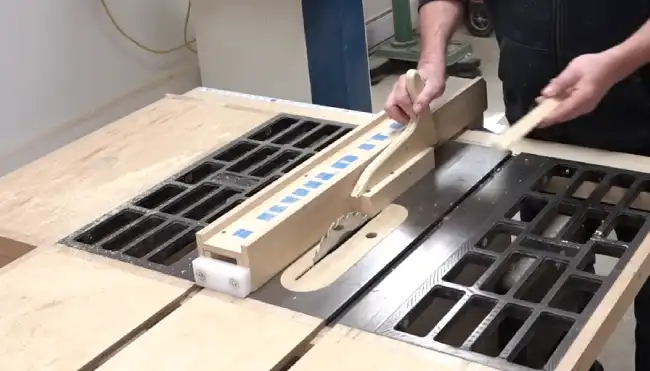
According to my findings, a push stick and a push block differ in design and functionality. While both are used to guide and push material through a table safely saw, they’ve distinct features that cater to different cutting scenarios.
An appropriate push stick is generally narrow and has a notch, allowing for better control and pressure when pushing on the end of a board. This makes it ideal for thin rip cuts.
On the other hand, a quality and functional push block offers a larger surface area for downward pressure, providing stability and preventing kickback during wider cuts. Its design also allows for more versatility in handling different stock sizes and shapes.
Are push sticks and push blocks interchangeable?
Push sticks and push blocks can be used interchangeably for many woodworking tasks on a table saw, depending on the cutting task. Both tools are designed to keep your hands safe and away from the blade while guiding the workpiece through the cut.
However, it’s important always to follow the manufacturer’s recommendations and use the appropriate tool for the specific task to ensure optimal safety and accuracy.
Every Woodworker Needs to Use Push Sticks
Now, you can see that using a push stick on a table saw is essential for safety and preventing accidents. As long as you follow the guidelines I outlined here when using push sticks in your woodworking projects, you can protect your hands, maintain control, and create accurate cuts with confidence.
Keep in mind that the use of push sticks is not just a safety measure. The process is a best practice that enhances both the quality of your work and your overall woodworking experience.
Whether you’re a novice or an experienced craftsman, using push sticks in your woodworking workflow ensures safety and precision.

